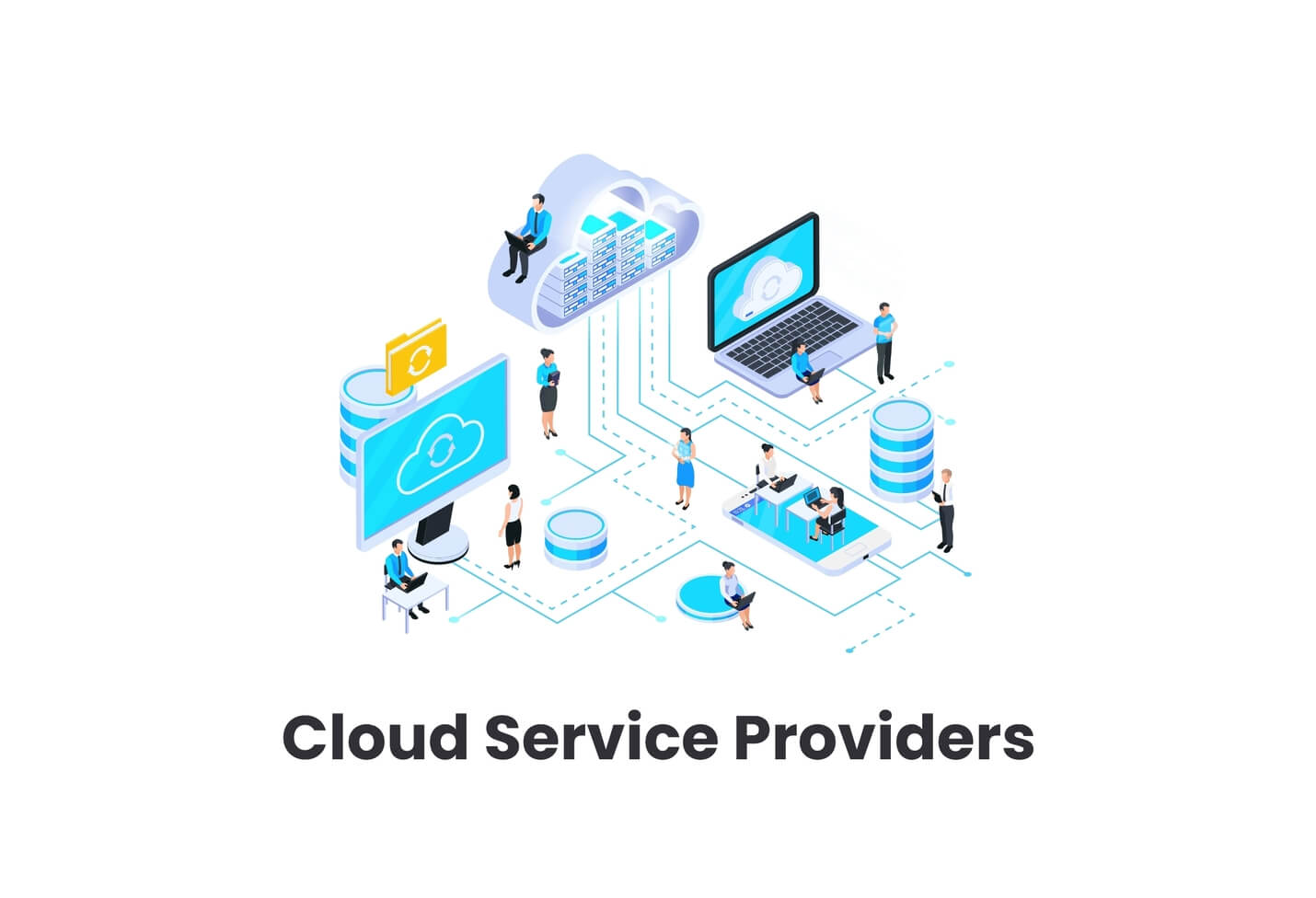Accomplish More with LinkDaddy Cloud Services: Enhancing Your Cloud Services Press Release Method
Accomplish More with LinkDaddy Cloud Services: Enhancing Your Cloud Services Press Release Method
Blog Article
Simplify Your Framework With Cloud Solutions
As businesses browse the ever-evolving landscape of innovation and data administration, the role of cloud solutions in streamlining facilities has come to be increasingly prominent. The allure of structured procedures, improved effectiveness, and enhanced resource allocation through cloud solutions is obvious. Nevertheless, the journey towards a much more economical and nimble IT facilities entails even more than simply migrating to the cloud. It needs a calculated strategy and a deep understanding of the nuances of cloud adoption. So, just how can companies efficiently browse this transition and genuinely open the possibility of cloud services for streamlining their facilities?
Benefits of Cloud Provider
Cloud services use a structured approach to managing IT facilities, supplying businesses with scalability, cost-efficiency, and adaptability. One of the vital advantages of cloud services is the scalability they supply.
In addition, cloud solutions eliminate the demand for businesses to purchase expensive hardware and software program. This cost-efficiency is a considerable benefit, particularly for tiny to medium-sized business wanting to reduce upfront prices. By making use of cloud solutions, companies can access high-quality IT sources without the hefty price connected with conventional infrastructure configurations.
Moreover, cloud services give services with the flexibility to access their information and applications from anywhere with an internet link. This degree of accessibility enhances cooperation among teams, allows remote work, and enhances general performance. The versatility offered by cloud solutions equips organizations to adjust rapidly to altering market conditions and customer demands.
Cost Financial Savings and Scalability
Along with the operational advantages highlighted earlier, the assimilation of cloud services right into a business's infrastructure yields significant price financial savings and improved scalability. Cloud services provide a pay-as-you-go model, allowing services to scale sources up or down based upon existing demands, therefore staying clear of the expenses related to preserving excess ability. This versatility enables firms to adapt quickly to changing demands without incurring unnecessary expenses.
Furthermore, cloud solutions remove the need for in advance financial investments in hardware and software application, lowering capital expenditures. Operating costs are additionally lessened as companies no more require to take care of and keep physical web servers, resulting in lower power usage and IT staffing costs. Furthermore, cloud services offer automated updates and upkeep, making certain that the infrastructure remains safe and secure and up-to-date without needing manual interventions.
Enhanced Security Steps
Carrying out strict protection actions is critical when integrating cloud solutions into a business's facilities to make sure and secure delicate information compliance with sector laws. Cloud service suppliers use enhanced safety and security attributes such as information encryption, firewall software protection, and multi-factor authentication to minimize cybersecurity threats.
Furthermore, regular security audits and conformity assessments help determine susceptabilities and guarantee adherence to industry requirements. Business can additionally profit from functions like computerized security updates and real-time hazard surveillance given by cloud service companies. By focusing on protection procedures and remaining positive Visit Your URL in resolving prospective dangers, services can confidently utilize cloud solutions while shielding their beneficial information from unapproved gain access to or violations.
Transitioning to Cloud Infrastructure
To successfully incorporate cloud services into a business's framework, a structured technique that deals with the shift in the direction of cloud-based options is imperative. Transitioning to shadow infrastructure involves careful planning and execution to ensure a smooth migration process. The primary step is to assess the present framework and figure out which systems and applications are ideal for movement to the cloud. This analysis needs to take into consideration aspects such as information level of sensitivity, compliance click for info demands, and efficiency demands.
When the assessment is complete, a movement strategy must be created. This strategy ought to outline the timeline, resources, and obligations for moving each component to the cloud. It is vital to connect this strategy plainly to all stakeholders to make sure placement and minimize disruptions throughout the change.
Throughout the migration tracking, process and testing are vital to recognize and address any kind of problems immediately. Routine checkpoints need to be established to track progression and make needed modifications. Additionally, training for workers on using cloud services ought to be given to make sure an effective transition and take full advantage of the benefits of the brand-new facilities.
Best Practices for Cloud Fostering
Successful fostering of cloud services depends upon the tactical alignment of organization purposes with technical abilities and organizational readiness. To make sure a smooth change to the cloud, organizations ought to begin by conducting an extensive analysis of their current facilities and identifying which workloads are best matched for cloud migration. It is crucial to entail essential stakeholders from different divisions in the decision-making process to acquire buy-in and deal with any kind of concerns early on.
Another best method for cloud adoption is to prioritize safety and conformity. Organizations needs to meticulously assess the safety actions offered by cloud company and guarantee that their information is protected according to sector criteria and governing needs. Implementing robust data encryption, access controls, and routine safety audits can assist minimize risks related to cloud adoption.

Conclusion

As services browse the ever-evolving landscape of innovation and information management, the function of cloud solutions in simplifying facilities has actually ended up being significantly noticeable - universal cloud Service. How can companies efficiently navigate this shift and genuinely unlock the potential of cloud solutions for streamlining their facilities?
Cloud solutions supply a structured strategy to managing IT facilities, giving companies with cost-efficiency, adaptability, and scalability. By utilizing cloud solutions, organizations can access top notch IT resources without the significant price tag linked with typical facilities arrangements.
To make certain a smooth transition to the cloud, companies need to start by conducting a comprehensive evaluation of their present facilities and determining which workloads are best matched for cloud migration.
Report this page